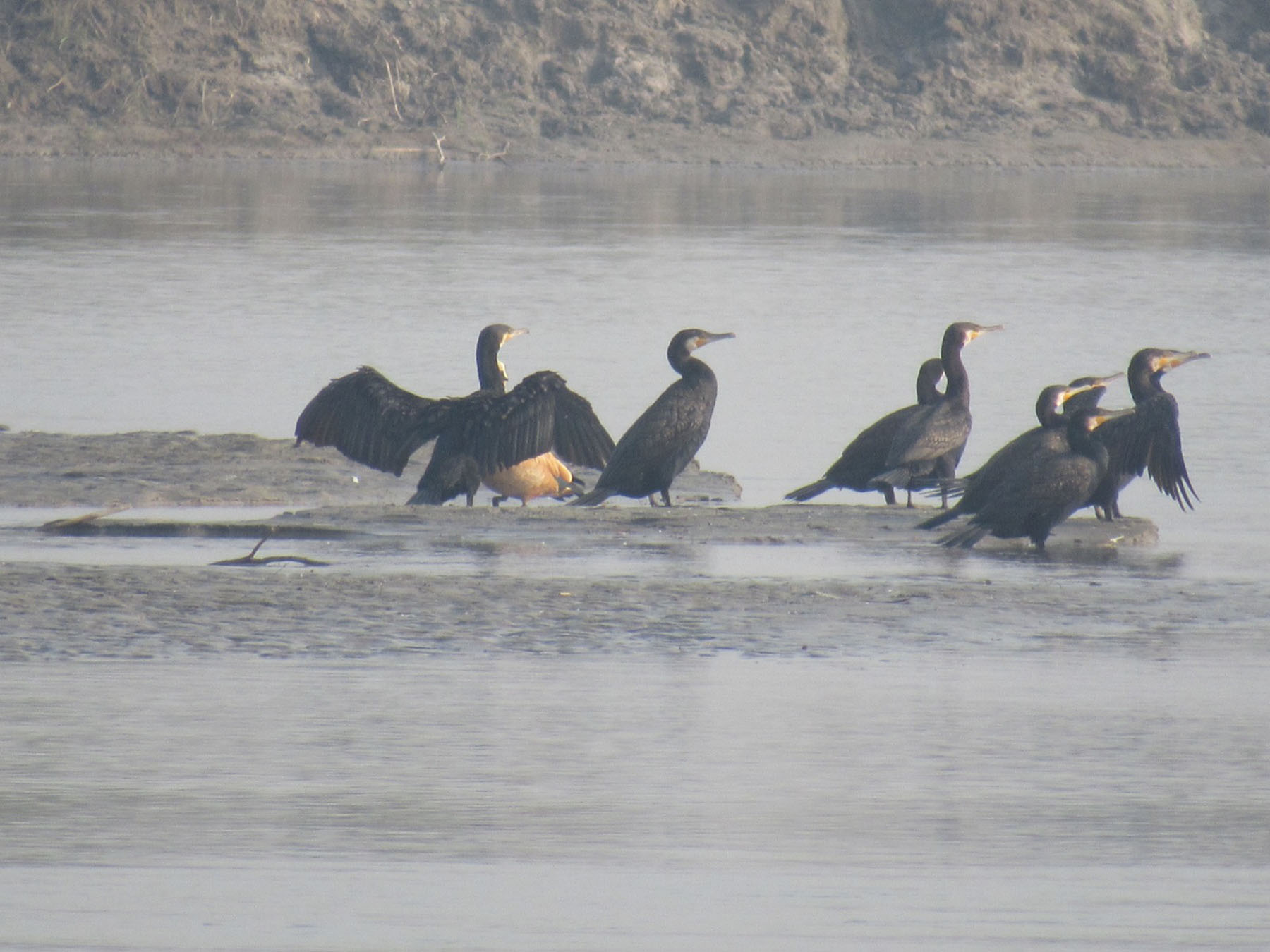0%

Birds at Koshitappu Wildlife Reserve/File
BELBARI: The Koshitappu Wildlife Reserve (KWR) and its surrounding areas are experiencing a significant decline in bird numbers due to habitat loss caused by increasing pollution and indiscriminate pesticide use in agriculture.
According to the Mid-Winter Water Birds Census for 2024, conducted recently, the total bird count stands at 5,527 individuals, representing 53 different species.
This marks a notable decrease from last year’s count of 7,573 birds across 56 species.
Birendra Gautam, Chief of Koshi Conservation Office at the National Nature Conservation Trust, attributed the decline to various factors, including the loss of wetlands, essential habitats for water-dependent bird species.
He highlighted that the majority of the recorded birds are of duck species, totaling 848 individuals.
Gautam emphasized that the drastic reduction in bird numbers is directly linked to the expansion of human settlements and unsustainable human activities.
The transformation of marshlands into motorable roads poses a grave threat to the avian population, which used to migrate to the region from as far as Siberia and Russia.
The COVID-19 pandemic temporarily curtailed human activities, resulting in a notable increase in bird sightings during the census period in previous years.
However, the ongoing decline underscores the urgent need for conservation efforts to protect the diverse bird species that visit Nepal annually.
Located at the tri-junction of Sunsari, Saptari, and Udayapur districts, the KWR serves as a vital habitat for migratory birds, with approximately 50 species migrating to India, Pakistan, and Sri Lanka via Nepal.
These birds play a crucial role in the ecosystem, including hatching and breeding activities.
Despite the challenges, Nepal continues to welcome thousands of winter birds from Africa and other southern countries, highlighting the significance of preserving forest and grassland habitats to ensure the survival of these avian visitors.